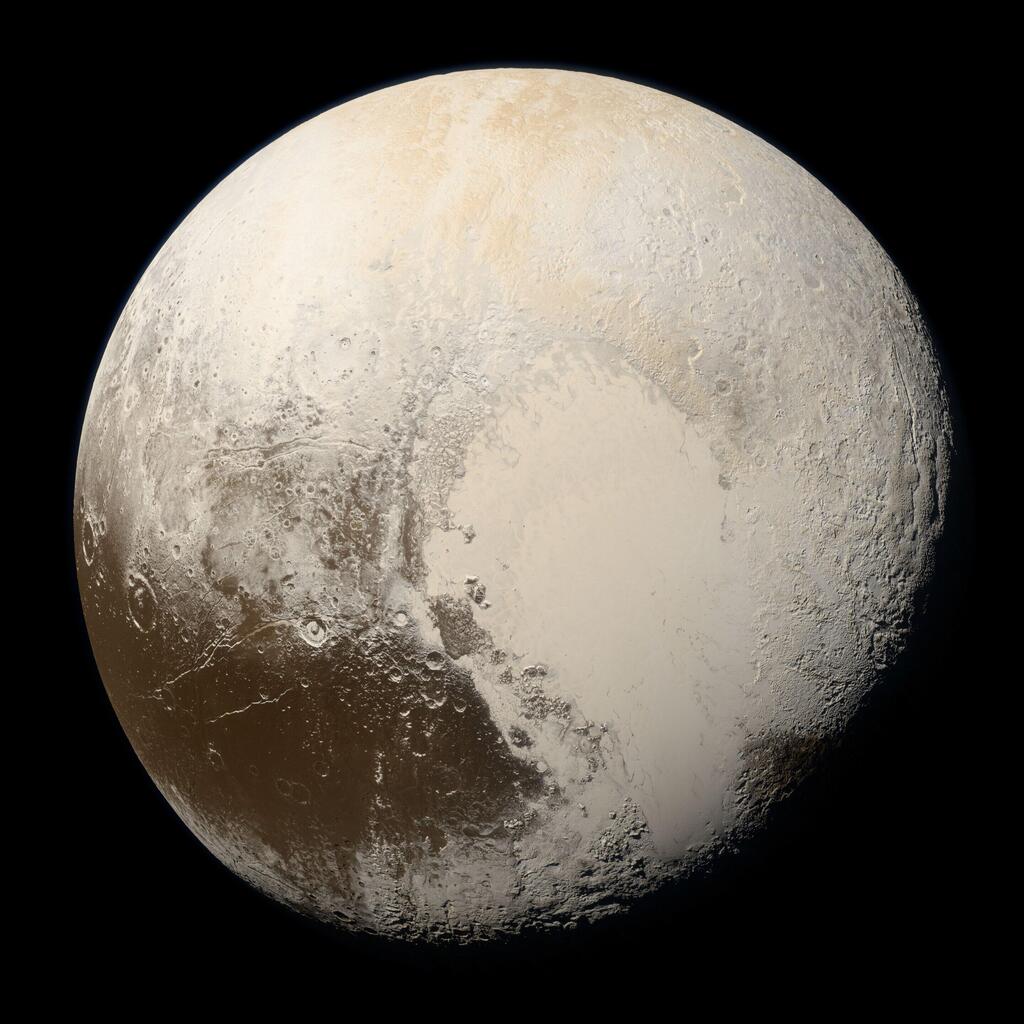Designed for landing on Pluto, the BALLET (Buoyant Ascending Legged Lander Exploring Titan) system has attracted attention from the space exploration community. It includes a balloon for deceleration during landing, reducing speed from 14 km/s to 120 m/s for a soft landing, and detachable modules for movement on the surface using jumps as a method of locomotion due to low gravity and theoretical inability to support flying objects.
The BALLET project introduces the concept of a balloon that "walks" by picking up and moving one of its six feet using adjustable cables, with each foot attached to three cables controlled by pulleys for mobility. Preliminary research showed lifting two opposing feet off the ground at once ensures stability.
1 View gallery


(NASA/Johns Hopkins University Applied Physics Laboratory/Southwest Research Institute/Alex Parker)
BALLET has a positively buoyant balloon supporting six feet that can take samples or analyze surfaces, and preliminary research funded by NASA showed the concept's benefits on Titan.
Titan is identified as the most suitable location for balloon locomotion using the BALLET system, which could explore challenging terrains efficiently compared to rovers and helicopters, while Venus and Mars present challenges due to environmental conditions such as altitude, high wind speeds, and unstable atmospheres.
Further funding for the BALLET project from NASA is currently on hold, but it has potential applications on Earth, such as undersea mining operations to collect nodules.
Design considerations for BALLET include controlling balloon orientation, cable length, and pathfinding simultaneously.
Pluto, a dwarf planet located in the distant Kuiper Belt around 5 to 7 billion kilometers from Earth, presents significant challenges for space exploration missions due to its small size (estimated diameter of 2.3 thousand kilometers), and distance from Earth.
This article was written in collaboration with Generative AI news company Alchemiq
Sources: Tecmundo, Phys.org, Universe Today

